Everything to Know About 2023's Perseid Meteor Shower, Including When It Peaks and How to Watch
The Perseids, known for their fireballs, is expected to shoot approximately 50 to 100 meteors per hour
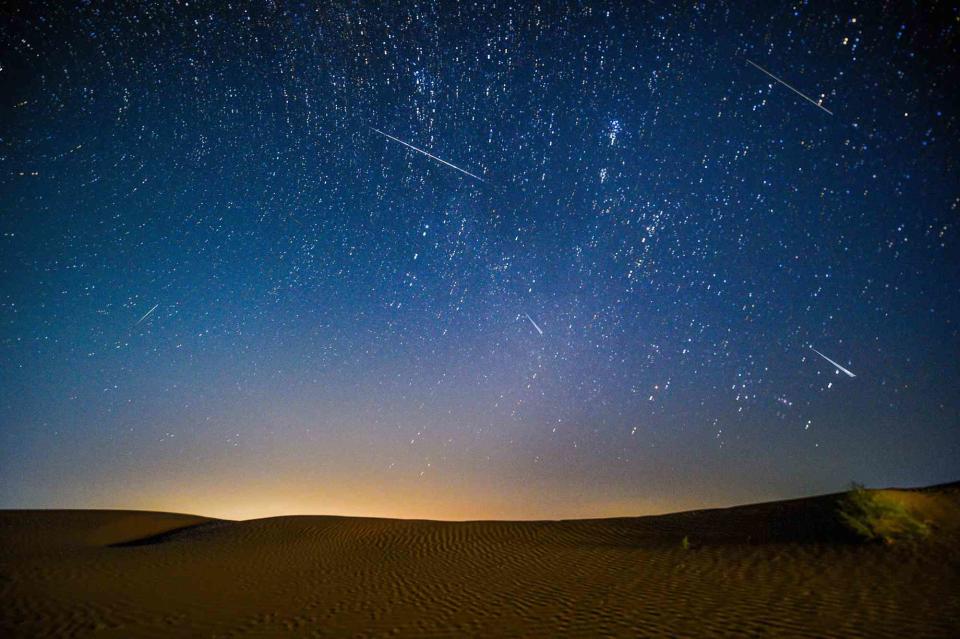
Greetings earthlings!
It's time to point your eyes to the sky once again because the Perseid meteor shower is upon us, which according to NASA is considered "the best meteor shower of the year."
Not only do the shooting stars produce approximately 50 to 100 meteors per hour, but the super fast, bright balls leave "wakes" of light and color in their trail as they streak across Earth's atmosphere.
The Perseids are also known for their fireballs, making the stars appear brighter and faster compared to the average meteor streak due to its derivation from larger particles of cometary material.
Related: Breathtaking Photos of July's Buck Moon Captured From Around the World
Like all meteor showers, the fiery stars originate from their parent comet — and for the Perseids, that would be Comet Swift-Tuttle. The showers produce an incredible starry spectacle when they reach their peak.
"That's the moment when the Earth passes through the heart of the stream of dust left behind by Comet Swift-Tuttle," science astrophotographer and astronomer Dr. Darren Baskill told Science Focus Magazine.
From when they will peak to how to watch, here's everything to know about the 2023 Perseid meteor shower.
When does the Perseid meteor shower peak?
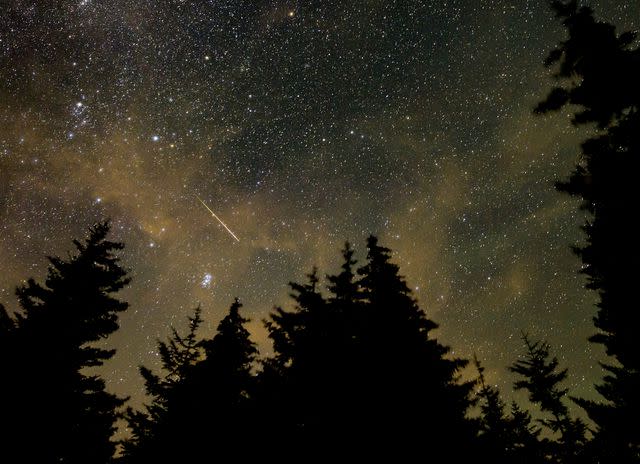
This year, the Perseid meteor shower is expected to peak around pre-dawn hours on Aug. 13, featuring the greatest number of meteors on display. The evening prior on Aug. 12, the source of the meteors will lie close to the northern horizon making them difficult to spot in the night sky.
Stargazers, though, will have multiple chances to catch a glimpse of the starry spectacle. The Perseids started on July 14 and will remain active through Sept. 1, giving onlookers several opportunities to spot the shooting stars.
For prime views, it's best to look up at the sky on a crystal-clear night away from any light pollution, allowing for the stars to really pop.
Related: We Tried It: Driving the New Ford Bronco in Search of the Perseids Meteor Shower
When to watch the Perseid meteor shower?
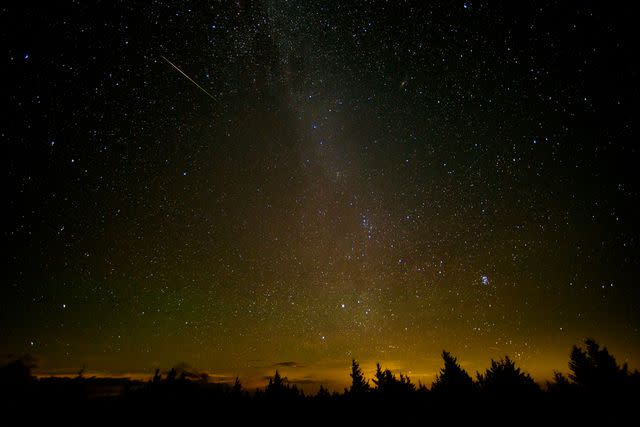
While watching the shower at its peak is expected to grant stargazers the most meteors, EarthSky.com suggests looking up from late evening until early dawn at the beginning of August for the Perseids.
"Also note that the Perseids strengthen in number as late night deepens into the wee hours of the morning," the space outlet reports. "Watch on multiple mornings, until the waxing moon – brighter each night, and up for more hours – drives you back inside."
Viewers can expect to catch a meteor "every minute or two during the peak hours – and they move quickly!" Baskill told Science Focus Magazine.
Where does the Perseid meteor shower appear in the sky?
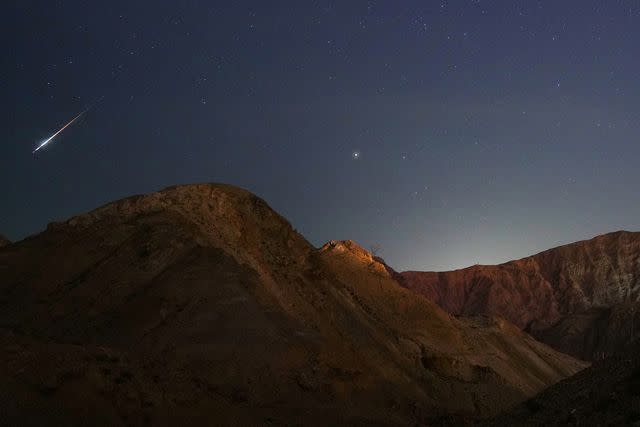
Like all meteor showers, they appear to shoot from their radiant — the point in the sky from which the stars seem to come from. Typically, they fly high near their corresponding constellation. For the Perseids, that star cluster is known as the Perseus constellation, which "follows the brighter and more distinctive constellation Cassiopeia," per Space.com.
Before you go and invest in a star map, meteor showers most often can be viewed all over the night sky, despite appearing to radiate from their corresponding constellation.
Related: Everything to Know About the Full Moons in 2022
What meteor shower comes after the Perseids?
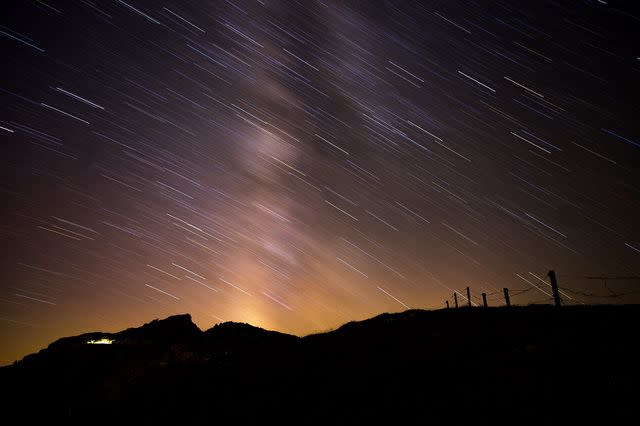
Following the Perseid meteor shower is the Orionids, a mid-strength shower that can produce 10-20 stars at maximum, according to the American Meteor Society. They peak during mid-October each year.
For more People news, make sure to sign up for our newsletter!
Read the original article on People.

